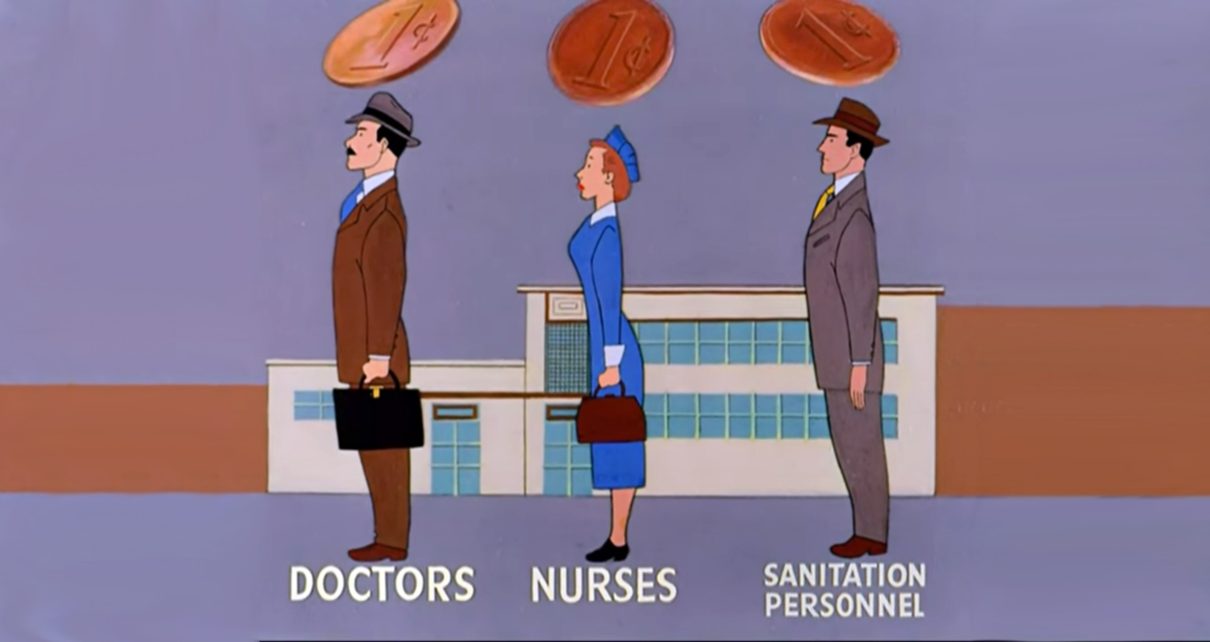Update, March 26, 9:58 p.m. EST: Maybe there’s hope! (Maybe.)
“Nobody knew that healthcare could be so complicated.” So said noted healthcare expert President Donald J. Trump, in an interview in late February surrounding the imminent Republican attempt to chop up the body of the Patient Protection and Affordable Care Act and hide its severed limbs inside a freezer in the basement of the Republican National Committee headquarters. That flesh-and-viscera–filled cold-box, stamped neatly with a reproduced visage of zombie-eyed, plastic-grinning, Randian free-market worshipper Speaker Paul Ryan and labeled “The American Health Care Act,” would, roughly speaking, allow GOP lawmakers and their billionaire donor base to reap the benefits of the taxes of all other Americans while healthcare costs skyrocket and services plummet.

Similar to the act of murdering your elderly parents and hiding their bodies in a freezer to benefit from their Social Security checks, the act would do far more damage than good and enable some of the worst people in our society in the process—all because Ryan and his capitalist compatriots consider compassion to be an un-American currency and refuse to acknowledge basic healthcare as a human right.
Here’s the thing: While healthcare is, as everybody but our president seemingly knows, incredibly complicated, the fact that all human beings deserve a fair shot at a healthy life really isn’t so difficult to wrap one’s head around. It is, indeed, a basic tenant of humanism. The ideas that health should be a public right, that all communities should have access to healthcare, and that healthcare shouldn’t break anyone’s bank have been debated in our society since the early 20th Century. And they were pinpointed incredibly effectively in a 1949 short film, directed by Looney Tunes animation legend Chuck Jones, called “So Much for So Little.”
Produced by Warner Bros. for the now-defunct Federal Security Agency’s Public Health Service, the film won—in a tie—the Academy Award in 1950 for Documentary Short Subject. Since it was commissioned by the U.S. Government, the work is in the public domain, so I highly recommend that teachers, journalists, librarians, and any others committed to educating the public commit themselves to spreading it everywhere in every way they can.
Is it out of date? Oh, yes. It’s very out of date. Three cents a week will not sustain healthcare in today’s economy. Is its message still relevant? Oh, yes. Its message will remain relevant until the end of the human race.
“So Much for So Little” makes a simple argument: Taxpayer-subsidized community-based healthcare could cost peanuts on an individual level if everyone paid for it, and its benefits are worth far, far more than the money spent. Send everyone in Paul Ryan’s office a link to the damn thing. Please. Just do it. In fact, send them to the CDC’s webpage for the National Center for Health Statistics, too, just so they can get all the updated data on the topics the short tackles.
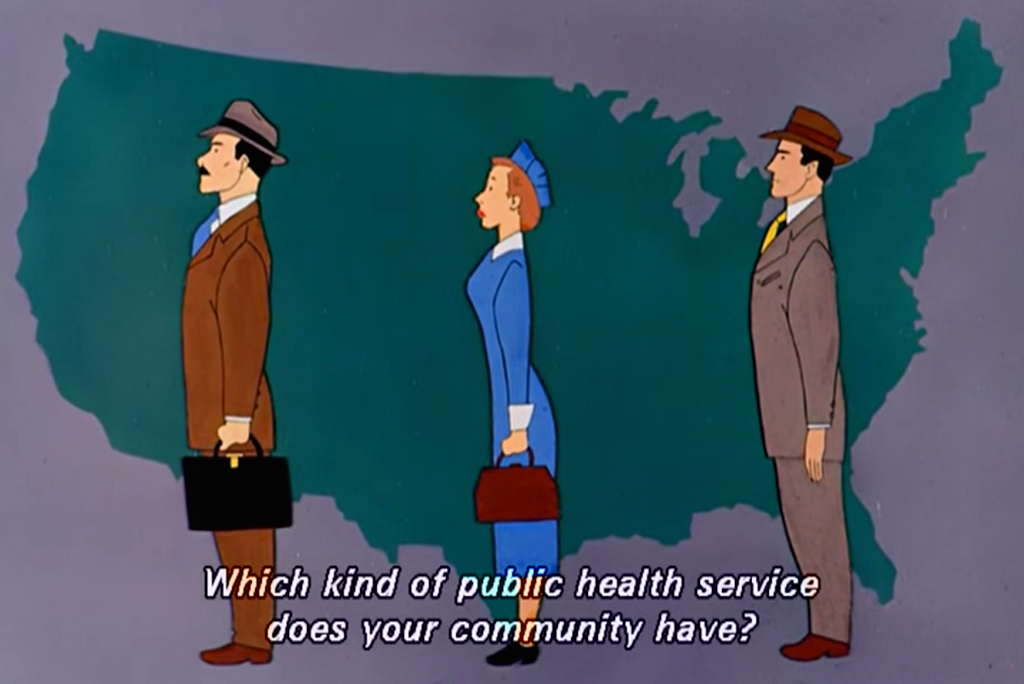
Jones’s film highlights needs we still have today (some of which are worse). Among them: sewage treatment and pollution (see: pipeline, Keystone XL); vaccinations (see: Trump, Donald J., skepticism of); funding for hot lunches at public schools and school health departments (see: DeVos, Betsy); blood tests (see: Pence, Mike, and the Indiana AIDS crisis); subtle hints at getting tested for STDs (see: Parenthood, Planned); exercise, obesity, cancer, heart diseases, diabetes (see: Big Food, Big Tobacco, Big Sugar, and all those other Bigs); and disparity in public health services between well-off (see: white, upper middle class) and poverty-stricken (see: every other) communities (see: Two Americas).
The film was produced during the Truman era, in the idealism of the Greatest Generation post-WWII, and guess what? Partisanship and capitalism and racist zoning policies shattered its idealistic dream that Americans might actually pay communally for their health as well as that of their neighbors and fellow citizens. Instead, we’ve been left with the dreams of a man who has literally pledged, in all seriousness, his commitment to “destroying the health care system”:
Today, the entire idea of the community health center is in trouble. And without serious support—which is doubtful, if the American Health Care Act or something like it manages to pass—it’s unlikely that it will continue to exist for long. Community health centers like those Jones presented in his short were hardly ubiquitous in 1949, and are rapidly disappearing.
“There still are community health centers, but while they once were as essential as, say, a post office in a town, they are now seriously on the decline,” says Alex Kingsepp, M.P.H., a program evaluator at the New York University School of Medicine. “The availability of them vary by state. There are enough in New York that you can probably get to one within a half hour, but in other places, the nearest one can be several counties away.”
The message here is pretty clear: If Americans and their elected officials hadn’t been so cheap or apathetic toward the plights of their fellows over the past 70 years, we could have had the best healthcare system on the planet for pennies on the dollar. Instead, we’re about to have a freezer filled with the body parts of our dead dreams for a healthier public.
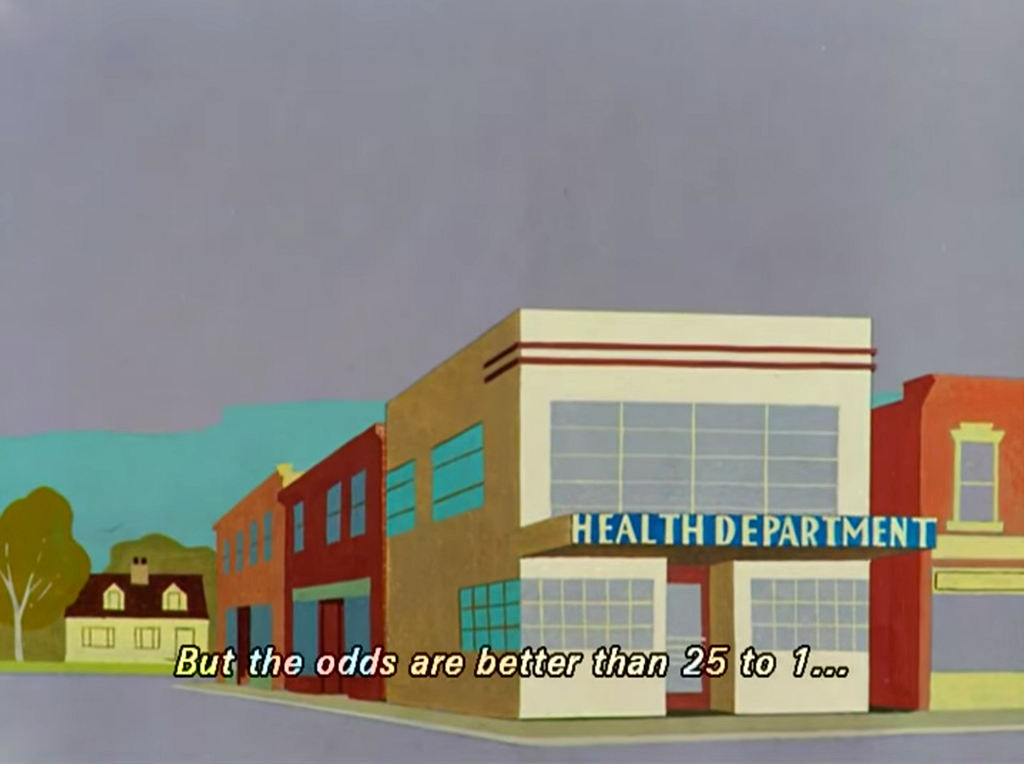
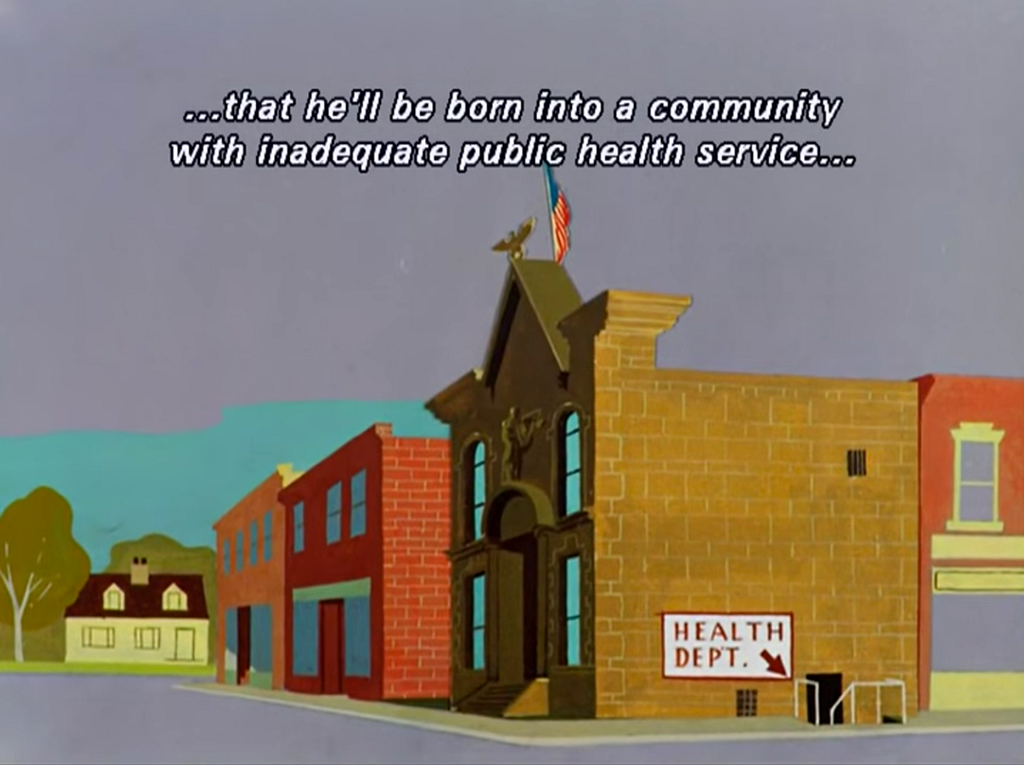
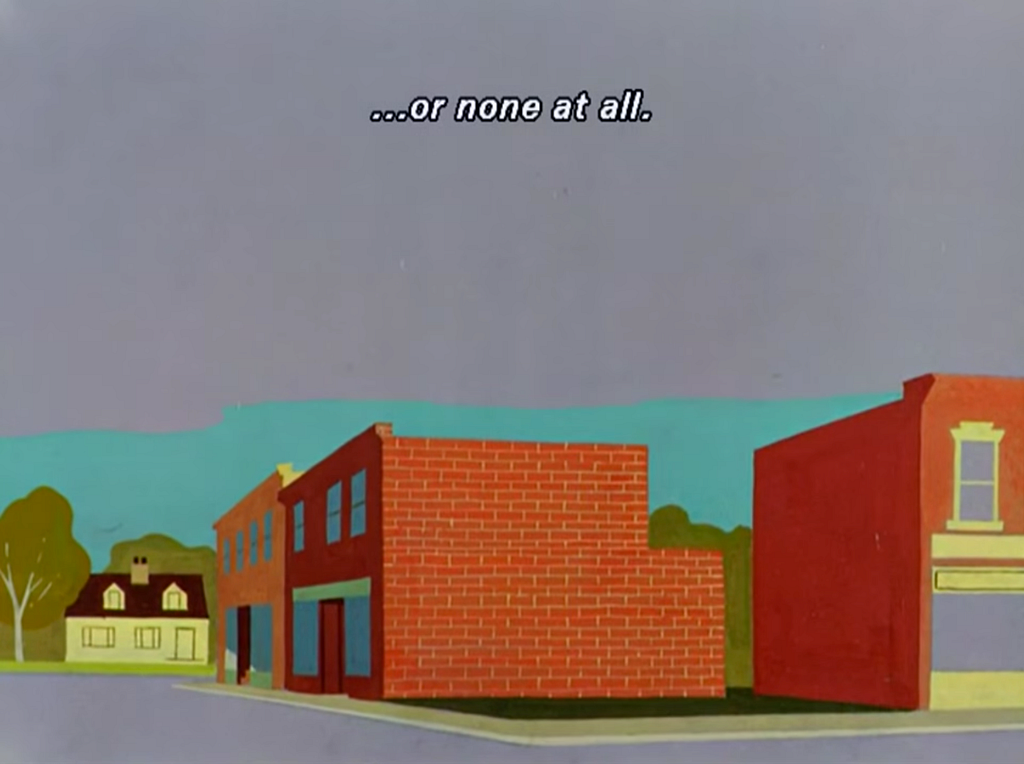
There’s some good news. Right now, Republicans don’t have the votes to pass the American Health Care Act, and it’s been pulled from the congressional floor. The bad news? That’s mostly because it’s being blocked by those who believe it’s not conservative enough.
The other good news is that the modern-day equivalent of this is still pretty low. As it was initially proposed in 2009, the estimated cost of Affordable Care Act—which is significantly flawed, but still has increased coverage for those who need it most—for each taxpayer is just $3.61 a week. For reference, a grande caffe latte at Starbucks costs $3.65 before tax. As for how we got that? Kingsepp ran the numbers for us. It’s the net cost over 10 years divided by U.S. population then divided by by 52 weeks per year—although she notes that it’s a bit complicated tax-wise due to tax structure.
Either way, send your congresspeople “So Much for So Little” and tell them why you want better healthcare in this country—better even than that provided under the Affordable Care Act. It probably won’t do anything—it was, after all, produced by the federal government which, ironically, Republican employees of the federal government seem to reflexively hate. But it’s a start. Just like giving up $3.61 a day to help save the lives of more than 24 million other Americans.
As Jones’s video puts it: “It’s up to you.”
Thanks for reading The Dot and Line, where we talk about animation of all kinds. Don’t forget to ❤ this article and follow us on Twitter and Facebook.


